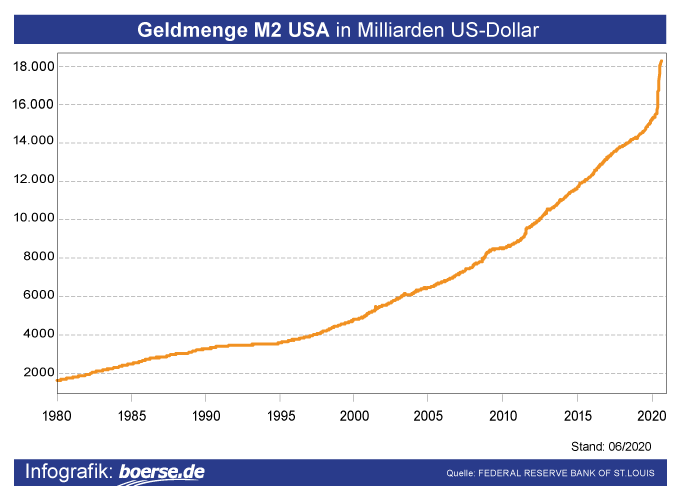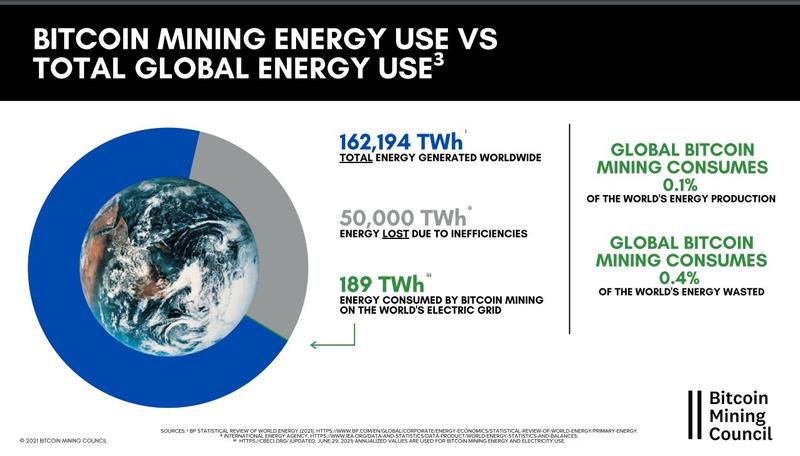For decades, the growing gap between the rich and poor has been known and experienced by many. Even the climate crisis, which can be seen as the next symptom of a sick monetary system, is mostly being treated symptomatically.
The tenor in combating the climate crisis is the conversion of society to new energy technologies – the focus is primarily on renewable energy sources and energy storage (e.g. green hydrogen). Of course, this change makes sense and is mandatory for achieving the climate goals. However, the holy grail of economic growth is also carried on these new “green” feet. The ultimate goal is economic growth. This is exactly where the climate movement – or rather, what the climate movement wants to achieve – reaches its limits. Even for e-cars, etc., raw materials have to be mined massively – sometimes with considerable human and ecological suffering. Unlimited growth on a resource-limited planet makes no sense.
What is the accelerator for unlimited growth?
Here is a little insight into economics and physics: In contrast to gold or Bitcoin, fiat money can be produced in large quantities with almost no energy expenditure. This makes it easier to get financial help from the state if there are not enough reserves for it. Conversely, it also tempts you not to save any reserves at all. What consequences can this have?
Creating energy out of nothing is physically impossible. In the long term, it is also not possible to create money out of nothing without consequences. If loans are not fully repaid and destroyed, there is an imbalance in the accumulation of money and economic output. This can be a cause of inflation (newer definition/basket of goods). It is also possible that money that is given away too quickly can shift economic performance towards or away from sustainable innovations towards resource-consuming, exclusively profit-oriented purposes (quick money – in the truest sense of the word). Two paths money printed out of thin air can take:
Expansion of the money supply => a) Inflation or
b) Economic growth on credit
In fact, there is a clear correlation between the expansion of the money supply (here using the US dollar as an example) and CO2 emissions as well as consumption-based CO2 emissions over the last few decades.

Money supply expansion of the US dollar (source: boerse.de)

CO2 emissions and consumption-based CO2 emissions (source: Global Carbon Project)
What ecological advantages does Sound Money bring? or The Magic of Low Time Preference
If money is not available in unlimited amounts, i.e. it cannot be inflated, its use is valuable and is usually well thought out. This means that the incentive to spend money in the short term decreases (lower time preference), saving and sensible investments in the direction of longevity are in the foreground. Bitcoin is non-inflatable due to its limit of twenty-one million coins. In view of the limited resources of the earth, these are now being faced for the first time by a quantitatively limited monetary system – Bitcoin’s key to ecological transformation.
The two important pillars in combating the climate crisis, savings and sustainable innovations or investments, would be strengthened:
Low time preference => a) Saving => Resource conservation and/or
b) Sustainable innovations and investments => Resource conservation
Of course, the question immediately arises: What is the ecological footprint of Bitcoin itself?
Bitcoin’s carbon footprint is difficult to measure because it is not yet known exactly how much renewable energy is used in its electricity consumption. In addition, it must be considered that miners always consume the cheapest possible electricity – to be as profitable as possible – this also includes excess electricity. However, it is precisely this electricity that would currently be “left over” due to a lack of storage options, i.e. mining based on this electricity has no additional impact on the climate.
According to 2021 data from the Bitcoin Mining Council, Bitcoin consumes only 0.1% of global energy production.

Bitcoin Energy Consumption (source: Bitcoin Mining Council 2021)
In view of the transformation potential of Bitcoin in the direction of consumption reduction and sustainability, its own electricity consumption can certainly be classified as justified.
A network of energy – Smart Grid thought differently
Bitcoin is the world’s only free, decentralized, divisible and easily transportable currency without a state, company or foundation in the background. The maximum number of coins is fixed at twenty-one million.
The Bitcoin ecosystem consists of an interaction between miners, node operators and users. Miners will continue to have the highest energy needs in the future, so it makes sense that they can generate some of their own energy and operate and promote renewable energy technologies – even in remote but energy-rich areas. Nodes – which are involved in verifying transactions – are part of this decentralized system and due to the small blockchain size, almost anyone can check the entire cash book.
A free, decentralized system that spans the globe like an organism without physical borders and can secure (currency) freedom and energy supply for mankind is no longer a utopia thanks to Bitcoin.

